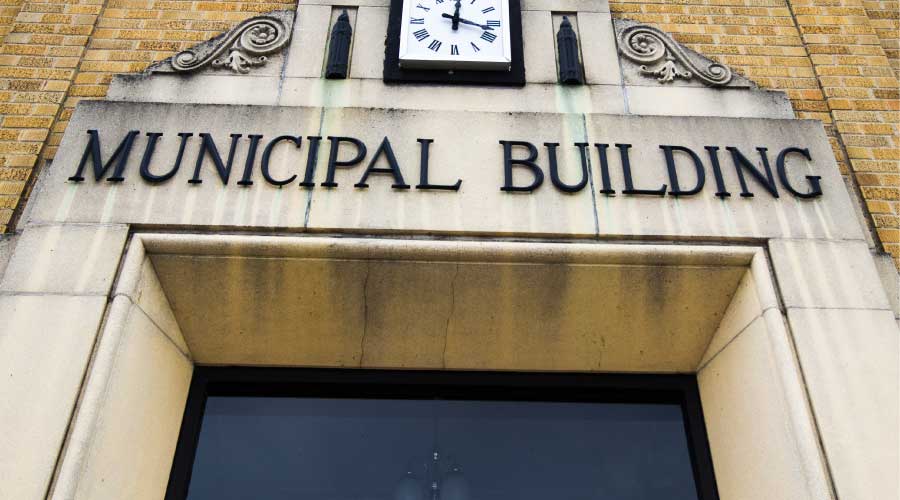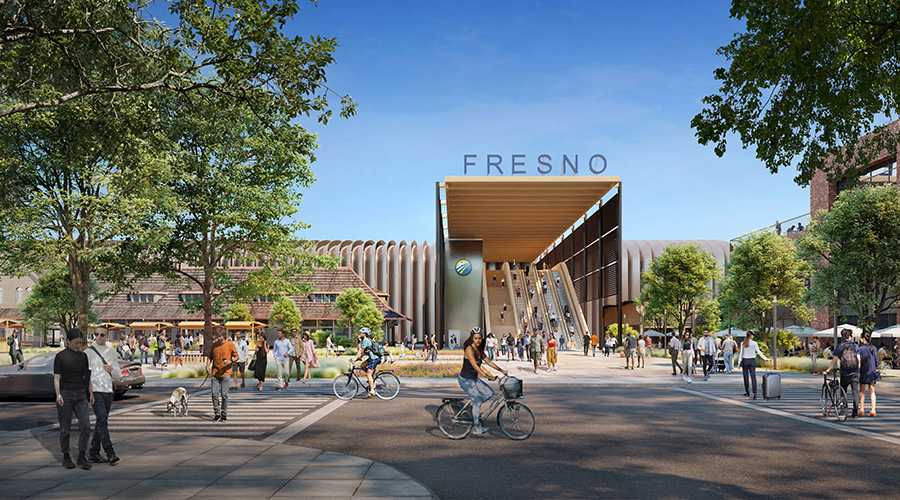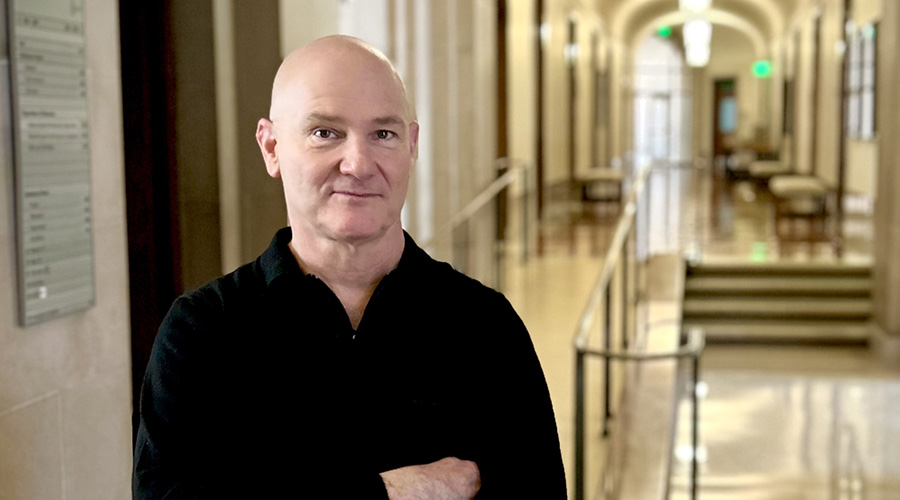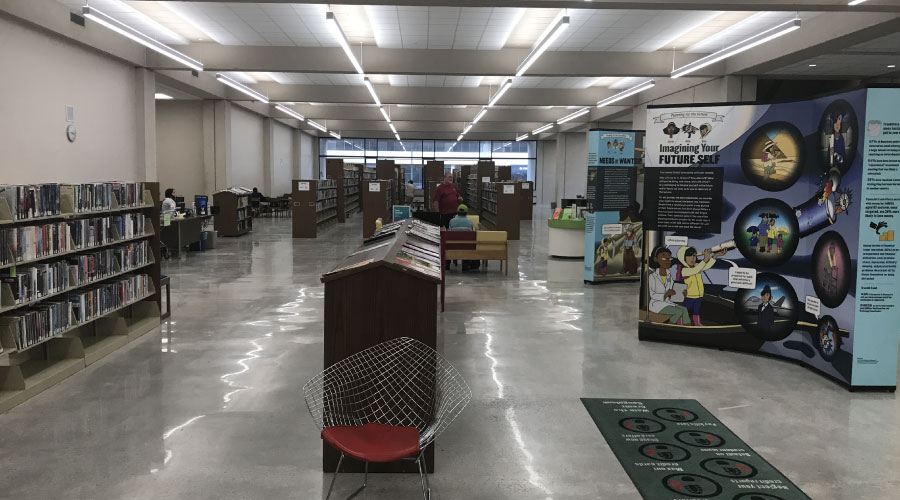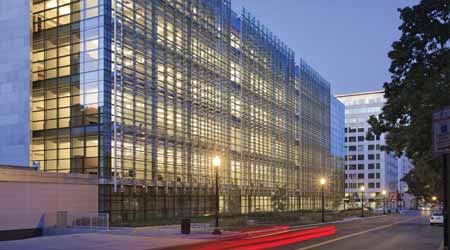 At the DC Consolidated Forensics Laboratory, simulations predicted an energy use intensity of 230.5 kBtu/sf/year. Performance data collected in occupancy confirmed an energy use intensity of 184-187 kBtu/sf/year — a significant improvement from what was predicted.Photo: (c) Alan Karchmer / Courtesy of HOK
At the DC Consolidated Forensics Laboratory, simulations predicted an energy use intensity of 230.5 kBtu/sf/year. Performance data collected in occupancy confirmed an energy use intensity of 184-187 kBtu/sf/year — a significant improvement from what was predicted.Photo: (c) Alan Karchmer / Courtesy of HOKBenchmarking, Occupant Feedback: Keys to Existing Building Sustainability
From modernizing old buildings to ensuring newly built buildings are performing as intended, GSA focuses on sustainability in existing buildings.
Existing buildings also present opportunities for implementing sustainability measures. The Byron G. Rogers Federal Office Building in downtown Denver is an example of a high-performance retrofit. The team transformed a 1964 federal building into a cost-effective model of energy efficiency and sustainability.
The challenge on the LEED Gold modernization was to design an affordable, highly energy-efficient retrofit of a large, historic existing building while creating a modern, flexible workplace for 11 federal agencies.
The project included complete design and construction for upgrades to the structural elements and all major building systems. Building upgrades included the replacement of the mechanical, electrical, lighting, fire protection, and plumbing systems, as well as replacement of all exterior windows, an increase in insulation in walls, and a complete renovation of all tenant spaces and most public spaces. Highly efficient LED lighting, high-performance building/lighting controls, and thermal storage tanks help conserve energy.
Benchmarking and occupant feedback
Benchmarking and post-occupancy evaluations are critical for measuring building performance and also assessing occupant comfort. At the DC Consolidated Forensics Laboratory, simulations predicted an energy use intensity of 230.5 kBtu/sf/year. Performance data collected in occupancy confirmed an energy use intensity of 184-187 kBtu/sf/year — a significant improvement from what was predicted.
Ten months after the facility opened, a post-occupancy study revealed there was a bit too much daylight streaming into the workspace. The labs were too bright for some employees, especially those who had relocated from basement spaces. To solve this problem the team installed occupant-controlled operable shades.
Occupant behavior is also critical in ensuring that buildings are performing as designed. Change management services can help ease people’s transitions to a new environment. Green change management strategies can get occupants thinking about how they can contribute to improving their building’s performance.
It’s also important to educate facilities staff on new systems, protocols, and technology as well as adjusting systems for occupant feedback. After the Byron G. Rogers Federal Office Building project was completed, the team conducted training sessions of all systems with the building management staff. These training sessions were recorded for future reference and to help staff to diagnose and troubleshoot common issues.
Related Topics:












